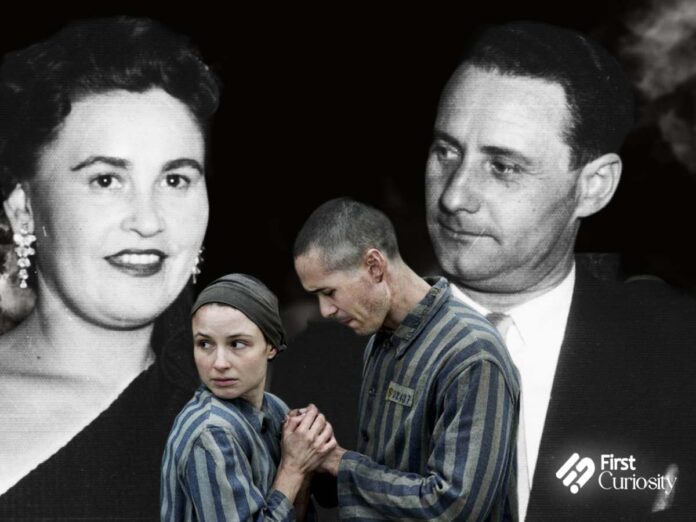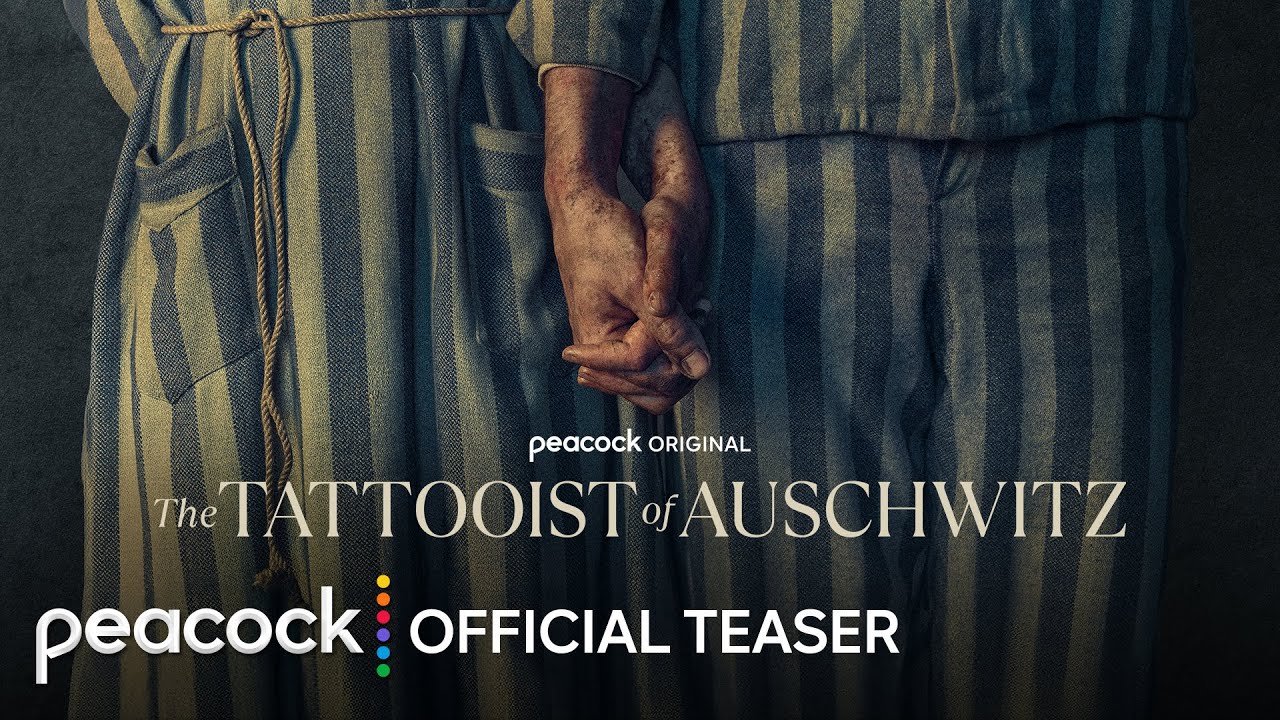Have you ever found yourself lost in the pages of a gripping historical novel, wondering just how much of it is based on reality? It’s a common notion in the daily life of a reader and if you are one, we doubt you missed out on this World War II story of ‘The Tattooist of Auschwitz’.
This 2018 bestseller, written by Australian author Heather Morris is now well on into the haze surrounding the anticipation of its adaptation. A new wartime love story is heading our way on Peacock and the burning question of the moment is: Is this tale truly rooted in history or just a clever concoction of fiction? Let’s roll up our sleeves and uncover the truth behind the tale!
Related: Top 5 Perfect Book To Film Adaptations
Inspiration Behind ‘The Tattooist of Auschwitz’
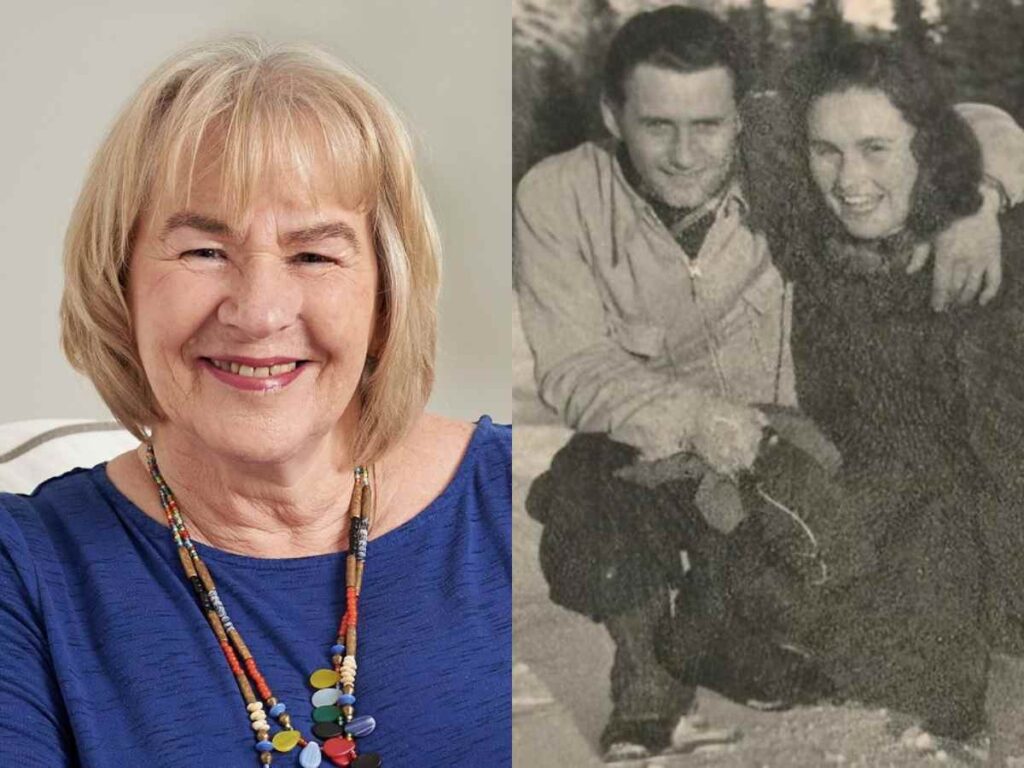
To understand the authenticity of ‘The Tattooist of Auschwitz,’ it’s crucial to delve into the historical ground it’s built on. The novel is set against the haunting backdrop of World War II, where the shadows of the Holocaust loom large over humanity’s darkest hour. Taking place in Auschwitz, the infamous concentration camp in Poland that witnessed unspeakable horrors at the hands of the Nazi regime.
As confessed by Heather Morris herself, the author of ‘The Tattooist of Auschwitz,’ drew inspiration from the real-life experiences of a Melbourne resident named Lali Sokolov. Lale was a Slovakian Jew who became the tattooist of Auschwitz-Birkenau during World War II and first met the eyes of the love of his life as she sat in front of him to get her prisoner number tattooed. The Slovakian prisoners endured years of torture and after the end of the war settled in Melbourne where they had a son and lived their full life until their passing. Gita Furman passed away in 2003 and Lali’s demise followed three years later in 2006.
Morris first encountered Sokolov in 2003 while working as a screenwriter, and his remarkable story left a crimson impact on her. Over the course of several years, Morris conducted extensive interviews with Sokolov, meticulously piecing together his memories to create a narrative that would honor the horrors endured by the prisoners of the Holocaust.
Genre Classification Of The War Time Novel
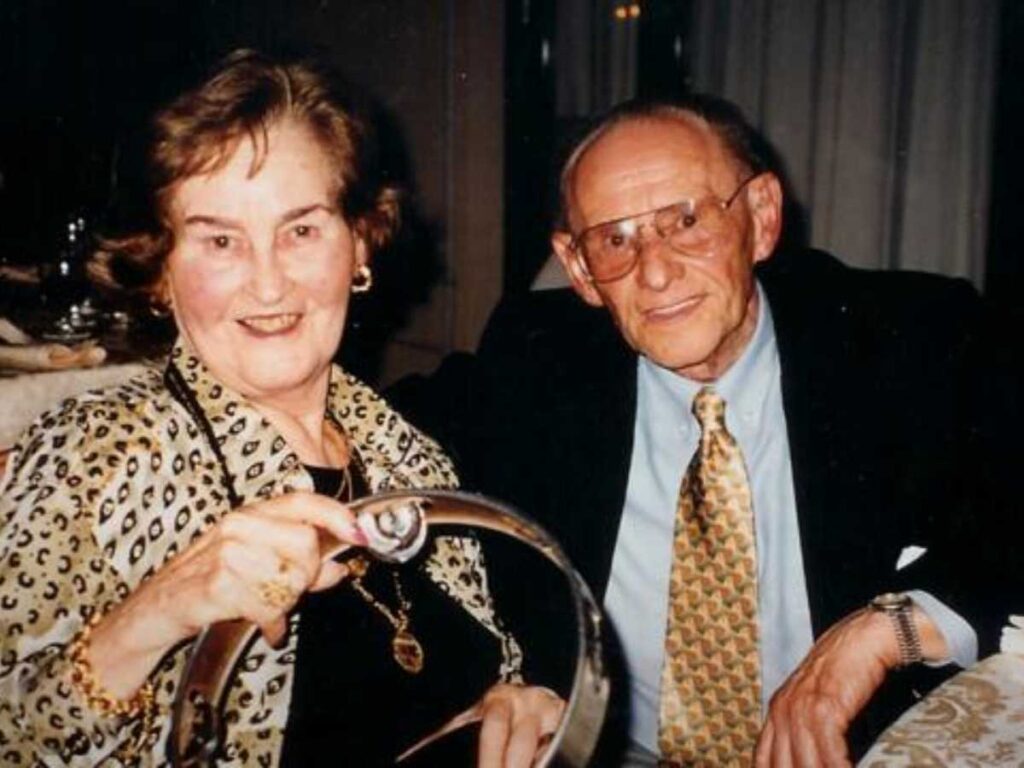
While ‘The Tattooist of Auschwitz’ may be labeled as historical fiction, it’s firmly rooted in the lived experiences of Sokolov and his fellow prisoners. From the clandestine romance that blossomed amidst the barbed wire fences to the daily struggles for survival, Heather painted a vivid portrait of life in the face of unimaginable adversity.
But we still have that age-old question, where does truth end and fiction begin? Despite being classified as a work of historical fiction, it falls heavy on the history side of the events with fictional fillers to increase the intensity. While Morris took some creative liberties to fill in the historical gaps, the essence of Sokolov’s story remains untarnished. Sure, there may be a dash of artistic flair thrown in for good measure, but at its core, ‘The Tattooist of Auschwitz’ is as true a love story as is the existence of the love Gita Furman and Lale Sokolov shared.
In case you missed: Top 10 Films You Didn’t Know Won Oscars
Exploring The Grey Areas
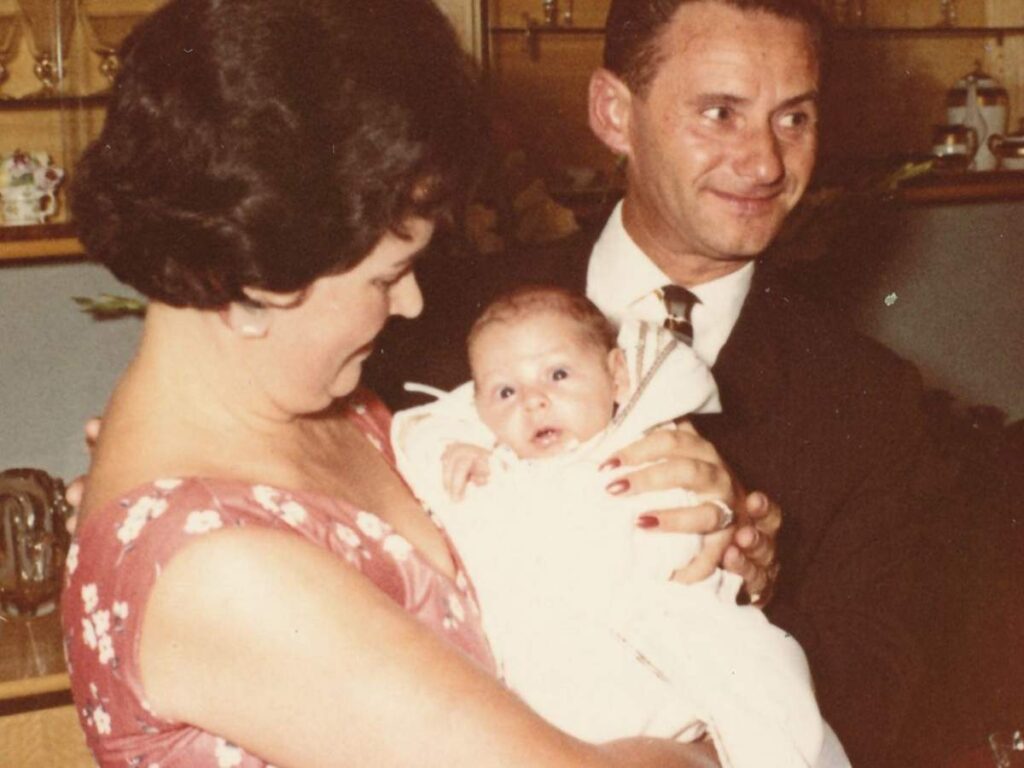
Now, let’s dig a little deeper into the murky waters of historical accuracy. While ‘The Tattooist of Auschwitz’ may tug at our heartstrings, it’s essential to acknowledge the blurred lines between fact and fiction. Although the author has provided the readers with an ‘Additional Information’ sanction at the very back of the book, drawing a sharp and visible line of truth and tale, even that seems to have a low accuracy score. Take, for instance, the novel’s portrayal of key events like Sokolov’s initial encounter with Gita Furman itself has an accuracy debate.
Author Morris stated in her all facts section that Gita’s prison number was 34902 but according to Mrs Sokolov herself in prior interviews, it was 4562. Now let’s say her memory dulled a bit, there’s another evidence supporting her claim and it’s the archives of the Auschwitz-Birkenau Memorial and Museum itself. No one can argue with that. Morris’s rendition may have captured the essence of their love story, but these discrepancies in dates and details raise eyebrows among eagle-eyed readers.
Authenticity And Interpretation
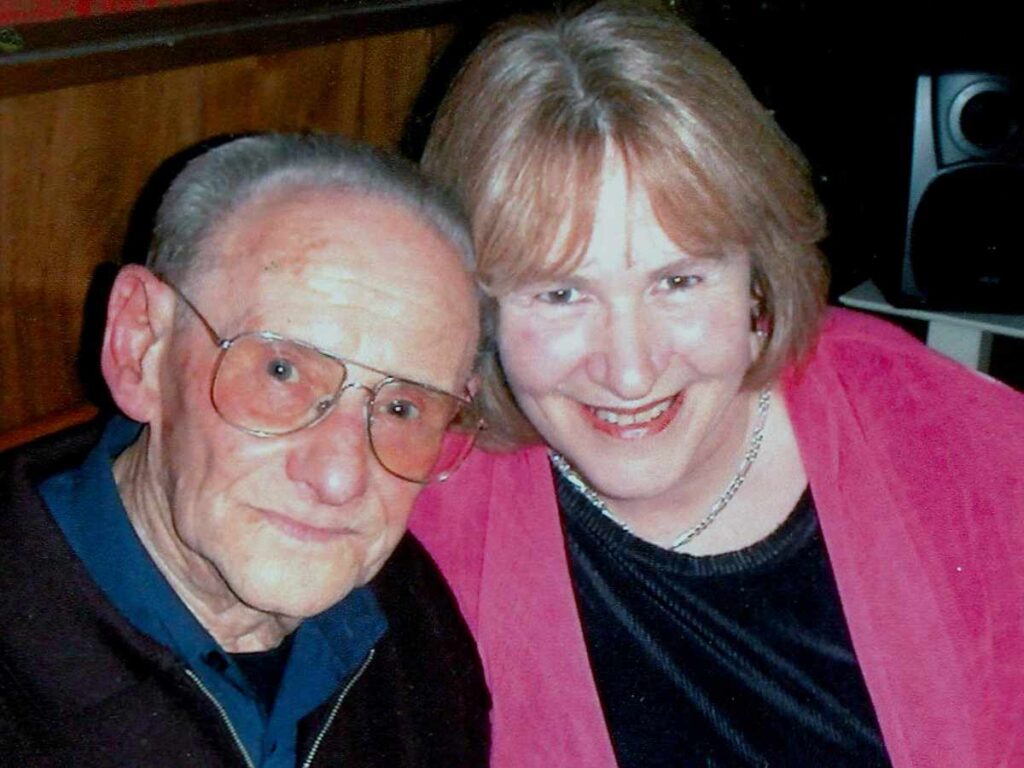
The question of this story’s historical accuracy is not a simple dichotomy of fact versus fiction. Rather, it exists within the world of interpretation and artistic license. While the novel is grounded in the real-life experiences of Lali Sokolov, Morris acknowledged in an email that certain details and conversations have been fictionalized to fill in gaps in historical records and to create a cohesive narrative.
The words of the author read like, “The book does not claim to be an academic historical piece of nonfiction, I’ll leave that to the academics and historians. It is Lali’s story. I make mention of history and memory waltzing together and straining to part, it must be accepted after 60 years this can happen but I am confident of Lali’s telling of his story, only he could tell it and others may have a different understanding of that time but that is their understanding, I have written Lali’s.”
Impact And Legacy
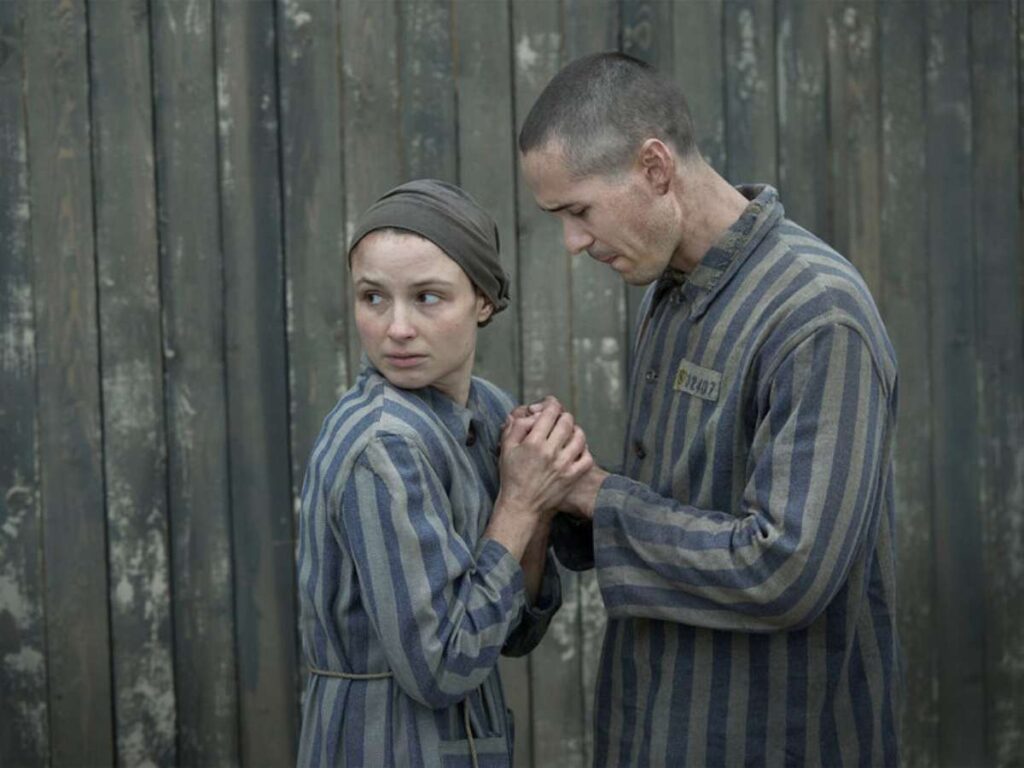
Fast forward to today, and Morris’s masterpiece has captured the hearts of readers worldwide, since its publication. Being translated into 17 languages, making its way across the shelves of 43 countries ‘The Tattooist of Auschwitz’ has been sparking conversations about the Holocaust’s enduring legacy. After selling half a million copies in the United States of America alone, Soklove’s story is set to steal the spotlight once again this coming summer with its adaptation streaming on Peacock.
You might also like to read:

